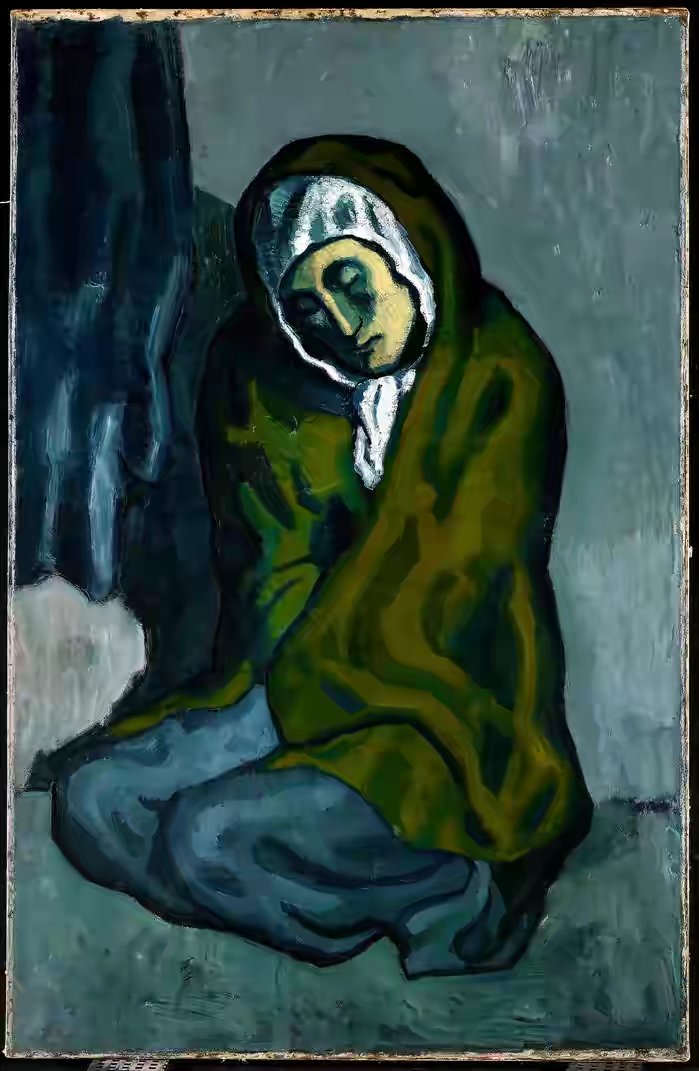
A portrait of La Misereuse Accroupie (the crouching woman/beggar) in 1902 created by Picasso during the "blue period", a time when he painted with shades of blue and blue green
Hello steemians, I'm back again with this wonderful and educative information that will thrill you..
As Aristotle, a Greek philosopher born in 384 BC once said: "The soul never thinks without a picture"
At first, this wasn't clear to me until one day when I went on series of researches about the number of great painters who got the world thrilled by their paintings and statistically I found someone; Pablo Picasso. A trailblazer and a world record art breaker of the 20th century.
Brief History of Pablo Picasso
.jpg)
Picasso in his 80's
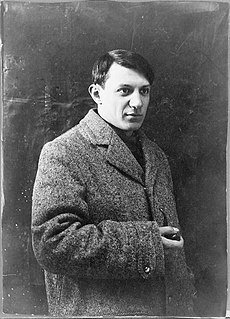
Picasso in 1908
Pablo Picasso whose paintings where phenomenal was born on the 25th of October, 1881 in the city of Malaga in Spain although he lived most of his adult life in France.
He was a painter, sculptor, printmaker, ceramicist, stage designer, poet and a playwright..wow..w..!! Interesting isn't it??..
Picasso's famous works are the; La Misereuse Accroupie written in French (translated as the crouching woman/beggar) in 1902, Les Demoiselles d' Avignon (translated as the young ladies of Avignon "Proto-cubist" ) in 1907, Guernica (a dramatic portrayal of the bombing of Guernica by the German and Italian Air Forces) in 1937.
.jpg)
A portrait of "Les Demoiselles d' Avignon painted in 1907
.jpg)
A portrait of Guernica painted in 1937
Other notable works of the Spanish artist includes the: La Vie (translated as Zervos I 179) in 1903 which was the peak of Picasso's "Blue Period", family of Saltimbanque in 1905, Portrait of Daniel-Henry Kahnweiler in 1910, Le Reve in 1932 in French (translated as "The Dream" ) which depicted his 22-year old mistress Maria-Theresa Walter, the weeping woman in 1937 and others..
.jpg)
A portrait of "La Reve" painted in 1932
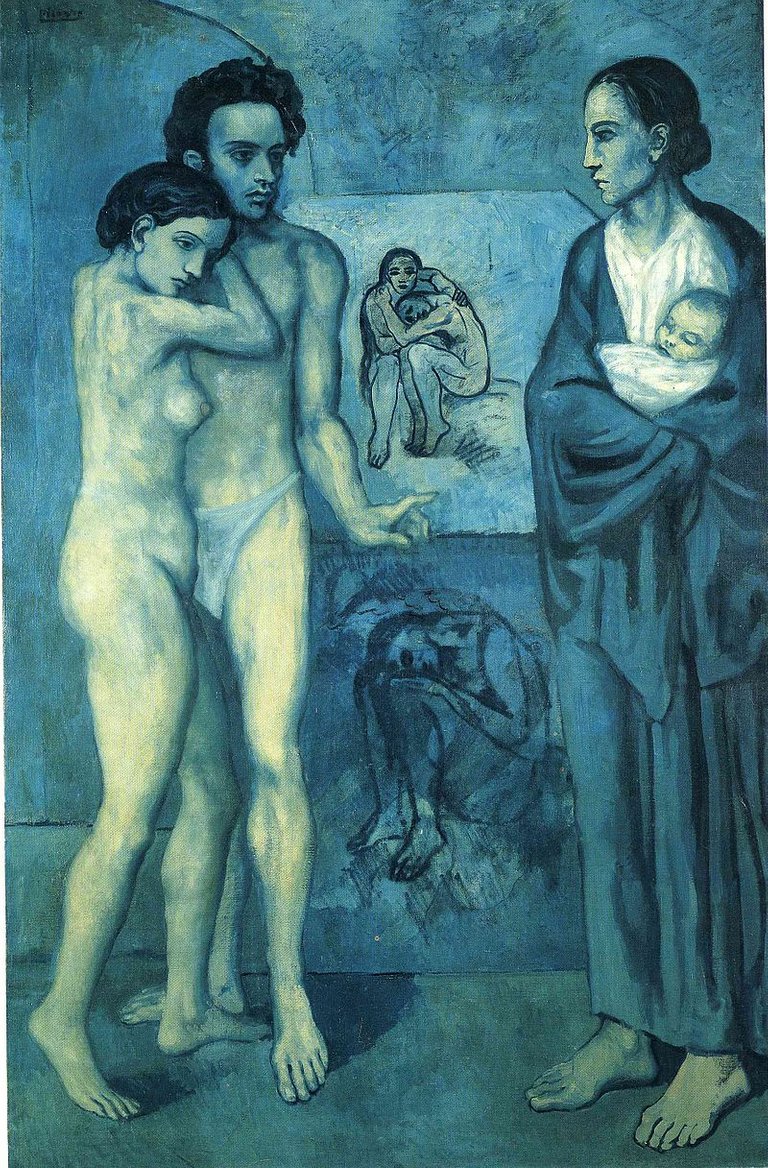
A portrait of "La Vie" painted in 1903 described as the peak of Picasso's blue period now in Cleveland museum of art
.jpg)
A portrait of the "family of saltimbanques" painted in 1905
Picasso's oil paintings between 1901 and 1904 where described as the "Blue Period" paintings (translated in Spanish as Periodo Azul ) because painted essentially "monochromatic"(termed used to describe light with one wavelength) paintings in shades of blue and blue-green during this period..
The very first of his "blue period" paintings was about his friend; "Carlos Casagemas", who committed suicide by shooting himself in Paris and this particular art was completed in 1901. He named this art; "La Mort de Casagemas" ( translated as "Casagemas in his coffin").
Other Picasso's blue period paintings include: The Old guitarist in 1903, La Soupe (translated as The soup) in 1902-1903, Melancholy woman in 1902-1903, The tragedy in 1903 and others.
.jpg)
A portrait of "Casagemas in his coffin" completed in 1901
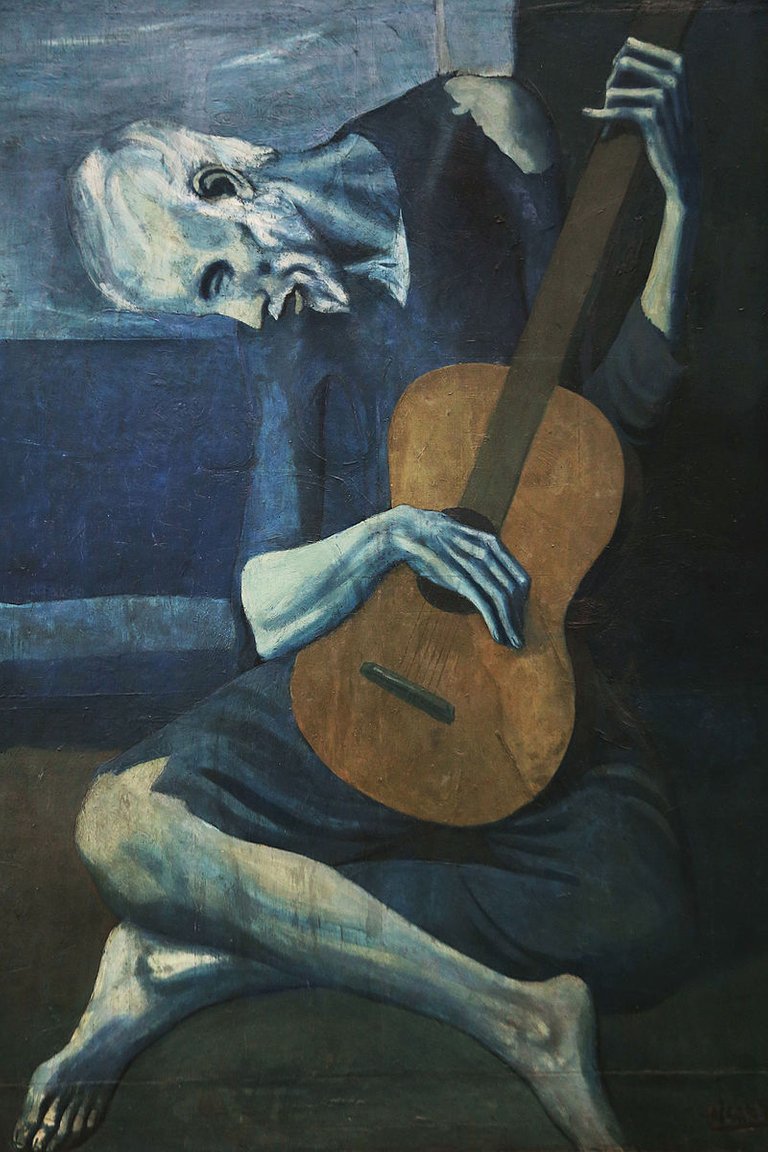
The Old guitarist painted in 1903 now in Art Institute of Chicago
%2C_oil_on_canvas%2C_100_x_69.2_cm%2C_The_Detroit_Museum_of_Art.jpg)
A portrait of "Femme assise" (Melancholy woman), 1902-1903 at Detroit Institute of Arts, Michigan
%2C_oil_on_canvas%2C_38.5_x_46.0_cm%2C_Art_Gallery_of_Ontario%2C_Toronto%2C_Canada.jpg)
A portrait of "La Soupe"(The Soup), 1902-1903, at the Art Gallery of Ontario, Toronto, Canada
Pablo Picasso was also a strong supporter of the "cubism" and "surrealism" movements.
Cubism: Is an artistic movement in the 20th century characterized by the depiction of natural forms such as geometric structures of planes. WHEREAS
Surrealism: Is an artistic movement and an aesthetic philosophy that aims at the liberation of the mind by emphasizing on the critical and imaginative powers of the subconscious mind
He died at the age of 91 on the 8th of April, 1973 in Mougins, France.

The Hidden details behind Picasso's La Misereuse Accroupie( "The crouching woman") painting
Getting down to brass tacks, my interest lies on one his spectacular paintings during the "blue period"; "La Misereuse Accroupie" (translated as the crouching woman/beggar)

A portrait of La Misereuse Accroupie (the crouching woman/beggar) in 1902 created by Picasso during the "blue period", a time when he painted with shades of blue and blue green
Picasso was prolific artist throughout the course of his career and his paintings was valued for their homogeneous compositions, complicated and multi-layered constructs.
La Misereuse Accroupie, painted in 1902, now housed at the "Art Gallery of Ontario, Canada", is such a typical example of such complexity, as revealed by recent scientific studies.
These art dates are helping art historians to better understand Picasso's decision making and creative processes during the earlier part of his career.
Under the brush strokes of Pablo Picasso's oil painted La Misereuse Accroupie, lies the work of another Barcelona artist.
This underlying work seems to have inspired some of Picasso's artistry. "Mountains" in the original painting ; "a landscape scene" was used as his outline in this particular painting ; "the crouching, cloaked woman".
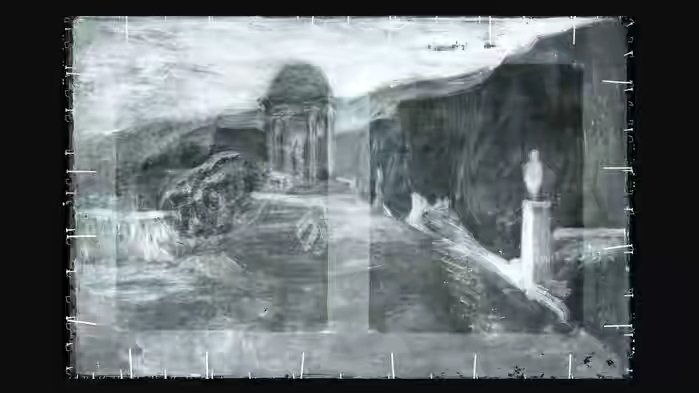
This radiography image captured in 1992 reveals landscape scenes hiding under the layers that Picasso painted
Advanced cutting edge scientific conservational imaging techniques (such as X-ray radiography, fiber optic reflectance spectroscopy scans, hyperspectral infrared reflectography and other methods) where adopted by an international team of scientists (from the Northwestern University/Art Institute of Chicago Center for Scientific Studies in the Arts (NU-ACCESS), the Art Gallery of Ontario (AGO), and the National Gallery of Art, Washington)also revealed that under the "woman's cloak", Picasso painted the image of "her hand clutching a bread".

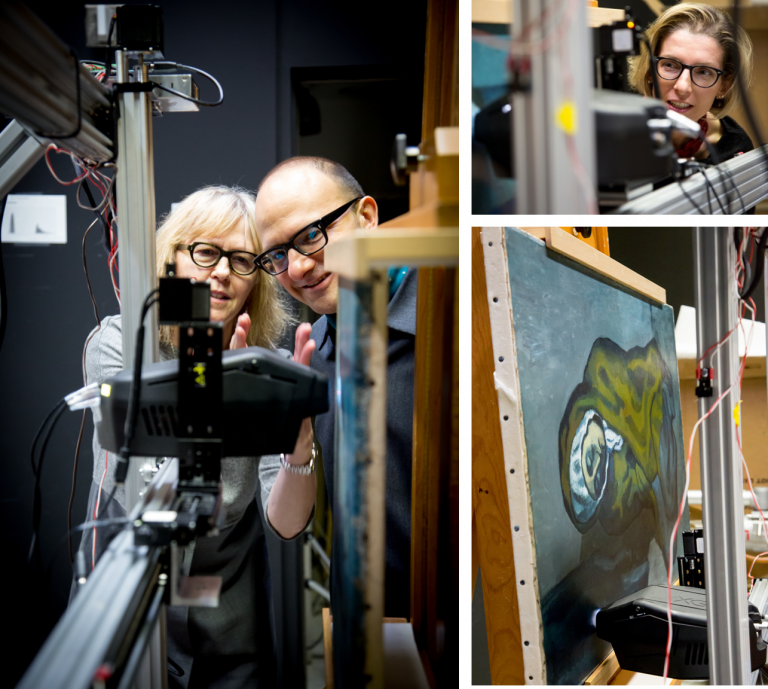
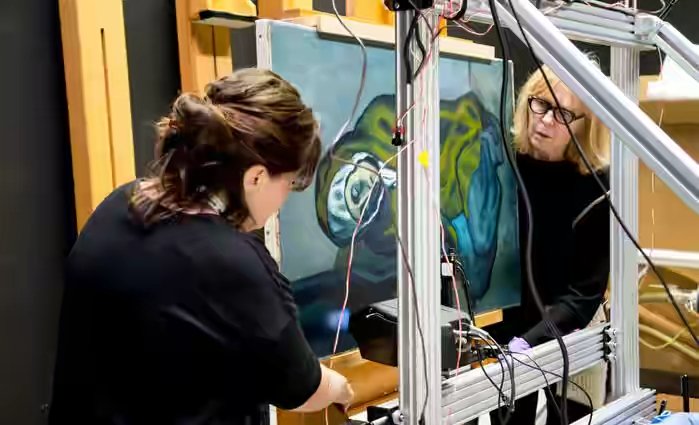
Research scientists set up an x-ray fluorescence instrument to probe the underlying layers of Picasso’s painting La Miséreuse accroupie, Art Gallery at Ontario (AGO)
According to Marc Walton, a cultural heritage scientist at Northwestern University in Evanston, Illinois, and a lead researcher on the study ;The discovery allows us “to look inside Picasso’s head and get a sense of how he was making decisions as he was painting the canvas”.
"John Delaney" an imaging scientist, took snap shots of the La Misereuse Accroupie painting using hyperspectral infrared reflectography ; "a technique that involves shining lights of different wavelengths on an object "some of which shines deeper than others".
Thus the paints become transparent at certain wavelengths depending on what substance it is made of. After analyzing the light reflected off the painting, he could see the original landscape image—but he could also see, for the first time, Picasso’s hidden hand. It was therefore deduced that Picasso tampered with the original landscape image.
To get a more detailed look at the hidden hand, Walton and his colleagues analyzed the painting using macro x-ray fluorescence imaging. The instrument, which zaps a painting with x-rays, allows researchers to see what chemical elements ; "lead, cadmium, and iron" are present in different parts of the painting, not only at the surface but also in deeper layers. And that’s useful because it can provide a window into nonsurface layers and tell experts about the colors used to paint them.
The team also used fiber-optic reflectance spectroscopy scans to image the painting at various wavelengths, ranging from the near-infrared to the infrared, in addition to an x-ray fluorescence tool, which excites the elements of each layer of pigment in the painting.
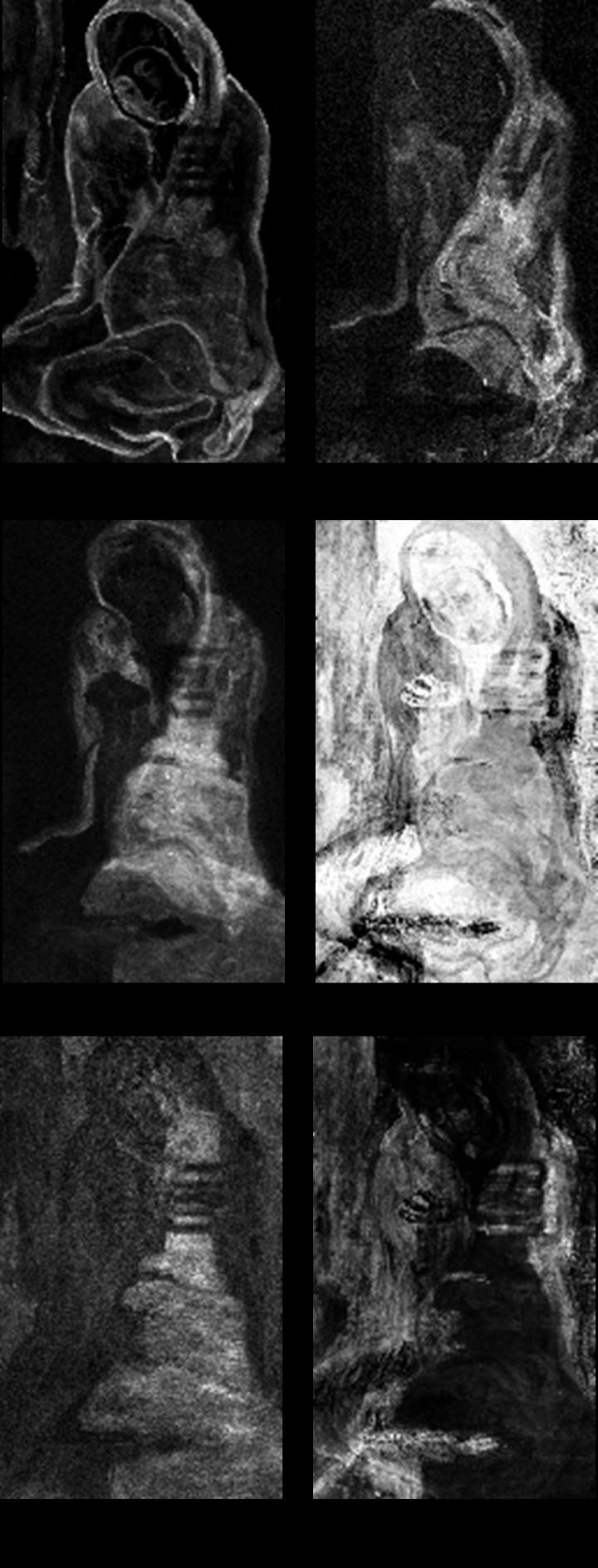
Distribution maps of a few elements characteristic of the pigments present in the different paint layers of La Miséreuse accroupie. Northwestern University/Art Institute of Chicago Center for Scientific Studies in the Arts (NU-ACCESS)
However, with vivids and proofs, the hidden details behind Picasso's La Misereuse Accroupie* (the crouching woman) painting were unravelled eventhough it too a longer period of time to understand this mystery..
As at November 2015, Pablo Picasso: the woman of Algiers painting set new auction record at $179.4 million. This is remarkable in the World's Art History..
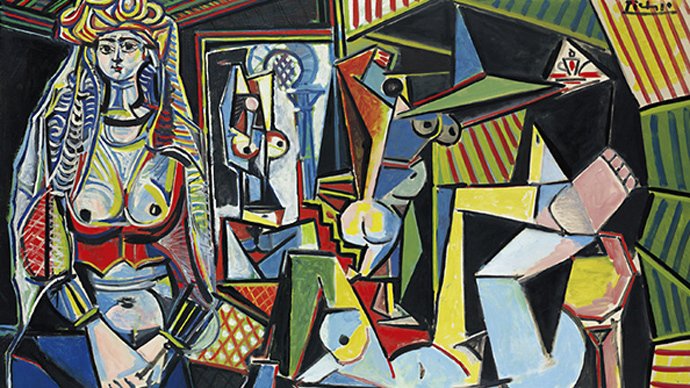
Picasso's "the woman of Algiers" painting sets new auction record at $179.4 million
References
So guys, we'll continue this interesting discussion in my next article..watch out for more and do have a nice time...yayy..yy!!!..
By Samuel Isongs(@profsam)


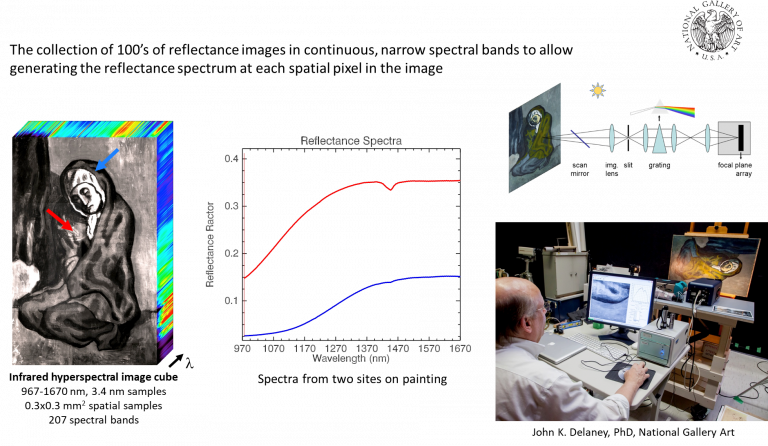
World of Photography Beta V1.0
>Learn more here<
You have earned 5.05 XP for sharing your photo!
Daily photos: 1/2
Daily comments: 0/5
Multiplier: 1.01
Server time: 13:59:45
Total XP: 5.05/100.00
Total Photos: 1
Total comments: 0
Total contest wins: 0
Follow:
Join the Discord channel: click!
Play and win SBD:
Daily Steem Statistics:
Learn how to program Steem-Python applications:
Developed and sponsored by: @photocontests@fairlotto@dailysteemreport@steempytutorials @juliank
I can tell you are a lover of paintings..lovely works...
Yeah dear
I love paintings but really dnt know much abt them...awesome post anyway....
thanks sir.. I'm glad you love it
All the painting are mind blowing
Thanks..i appreciate